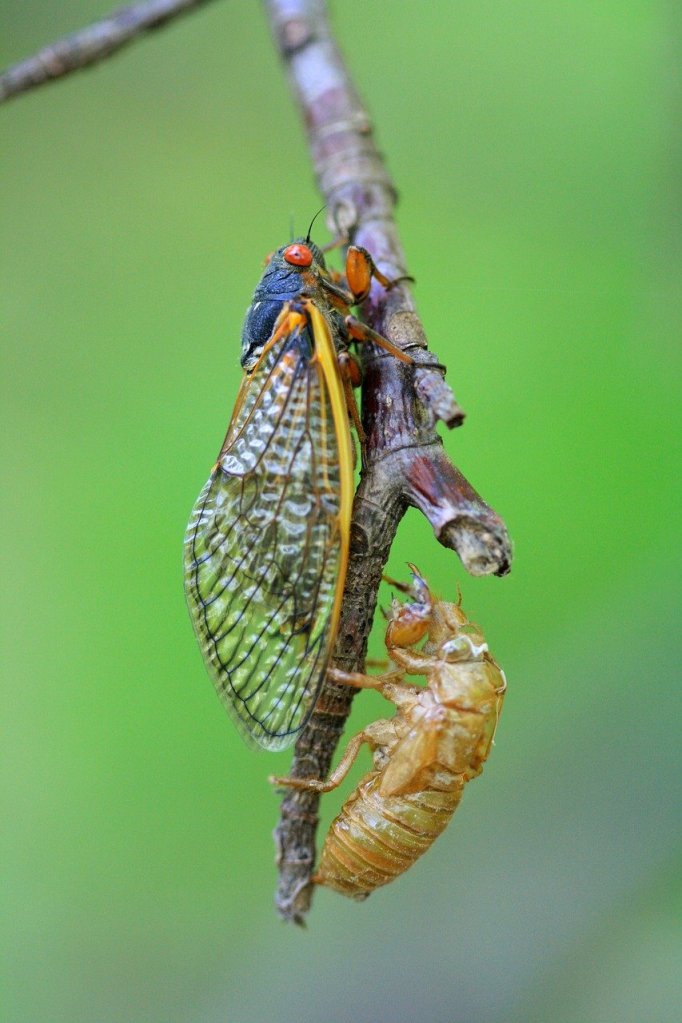On April 15, 1791, the first of four stones marking the corners of the Federal District in Washington DC was laid by surveyor George Ellicott and his team, which included brilliant mathematician, astronomer, tobacco farmer, and free-born Black man Benjamin Banneker.

PBS: http://www.pbs.org/
wgbh/aia/part2/2h68b.html, Public domain, via Wikimedia Commons
Banneker is known in the history books not only for his role in the laying out of Washington DC, but also as the man who compiled one of the earliest American almanacs. He provided a copy to then Secretary of State Thomas Jefferson as a counter to Jefferson’s assessment that Black men did not possess the mental capacity of white men. Throughout Banneker’s life he did what he could to fight this unjust assumption and advocate for freedom.
There’s a lot of big and important stuff Banneker should be remembered and celebrated for, but today I find myself only wanting to really talk about one of them—a topic that is at the forefront of the thoughts and conversations of millions of people in my corner of the world. Because according to Morgan State University researchers Asamoah Nkwanta and Janet Barber, Banneker is also one of the first people to have calculated and recorded the seventeen-year life cycle of the periodic cicada.
I admit that among insects that I give regular thought to, cicadas usually rank pretty low, somewhere way behind mosquitoes, ticks, and the carpenter bees that try to eat my deck every year. Recently, though, cicadas have claimed the top spot. I’m not alone, either, because the most frequent Google search topic over the last week in Missouri has been cicadas.
That’s because we make up part of the map covering two large broods of periodic cicadas. To give some context to that, there are some different varieties of this particular insect. One lives out its mating ritual for a few weeks every summer, molting and abandoning its creepy exoskeletons on tree trunks so that big brothers can stick them to the tee shirt backs of unsuspecting little sisters throughout the Midwest.

Then there are the periodic variety that emerge from the ground to spend a few weeks molting and singing and mating every thirteen or seventeen years. This year, there are two large broods of periodic cicadas singing their way through Missouri’s trees. These particular broods have not been seen at the same time since 1803 and it will be another 221 years before it happens again. There are allegedly billions of them in the state right now. I believe it.
Their high pitched buzz, which peaks between 10 AM and 6 PM every day, was kind of pleasant at first, but has grown into an ever-present eerie drone still audible over the car radio and in every corner of my house. They drop onto sidewalks, hurl themselves into innocent passers by, cling to every rough surface they can find, and people on my social media feeds keep sharing cicada recipes as if I am going to start eating them. I assure you I am not.
Benjamin Banneker didn’t quite know what to make of the periodic cicadas the first time he encountered them either, and didn’t have the luxury of Googling for information. When he was seventeen, a large brood emerged in his corner of the world in rural Maryland. He initially thought they were locusts that would destroy the family’s tobacco harvest. He waged a fruitless war against them before coming to the conclusion that not only was he fighting a losing battle, but that the insects really weren’t doing much harm. And then, because he was a much better observer and record keeper than I am, he eventually mapped out their extremely extended life-cycle.
Our cicadas aren’t much of a problem this year, either. They may cause a little damage to trees while feeding on sap and laying their eggs in slits they make in the trunks, but unless the trees are young, it’s not a big deal. And the cicadas have been great for our cherry harvest because the birds have been so busy eating the big loud bugs they have more or less ignored our fruit.
Despite my best efforts, my dog eats the cicadas too, even without including them in a stir fry or dipping them in chocolate as so many of my disgusting friends have suggested. It’s given him a little bit of a belly ache, which kind of serves him right, I think.
I am looking forward to a few weeks from now when the billions of periodic cicadas will be gone, their eggs safely deposited for the next thirteen or seventeen years, and we can all go back to thinking about and discussing all of the many other much more important things going on in the world.
In the meantime, I’m trying to appreciate them the way Banneker came to. In his journal, he wrote “that if their lives are short they are merry, they begin to sing or make a noise from the first they come out of the Earth till they die.” Okay, I guess their singing isn’t THAT irritating. But I’m still not eating them.




